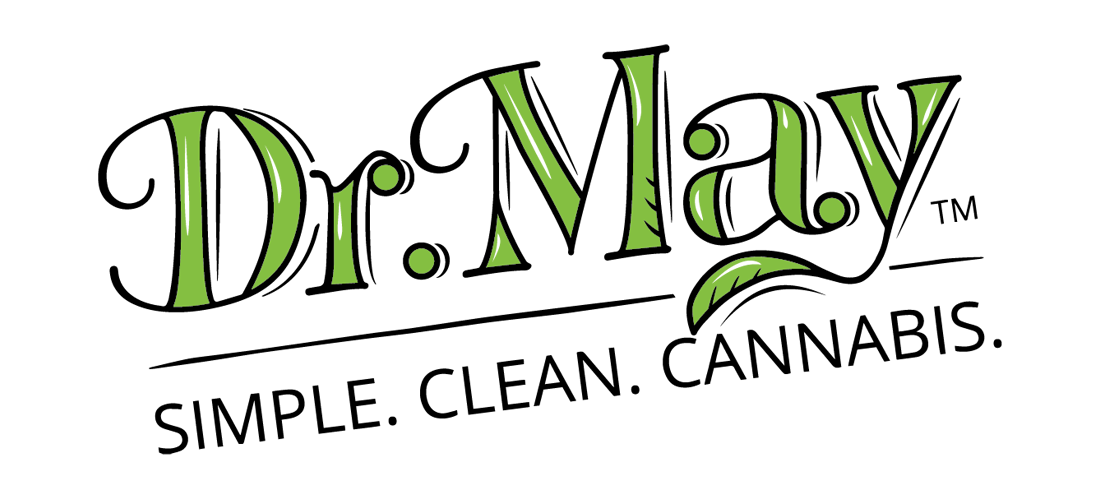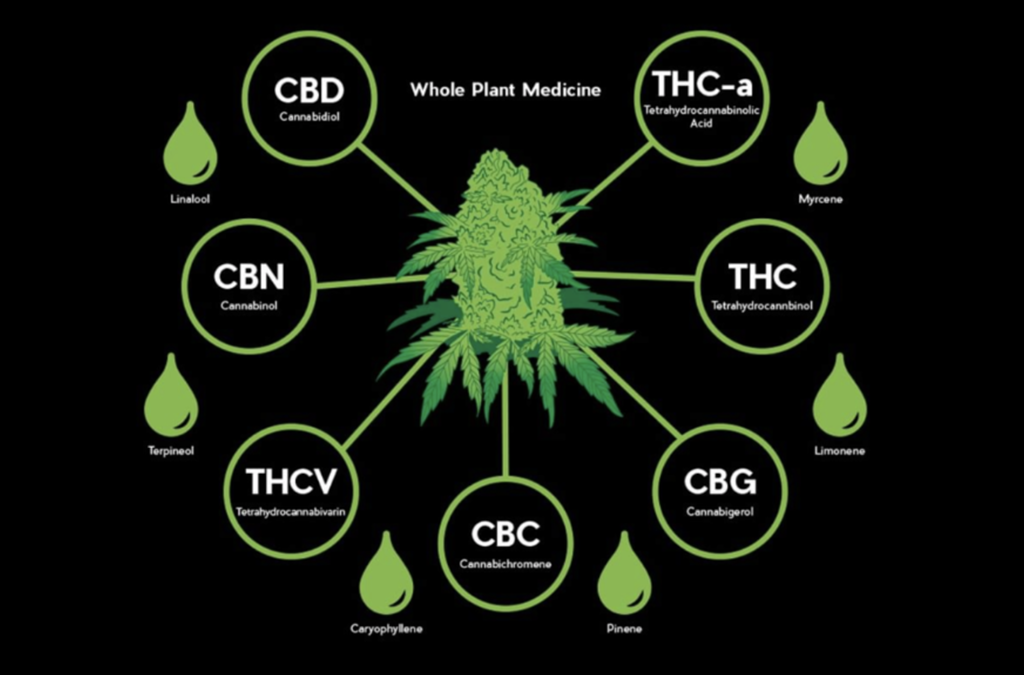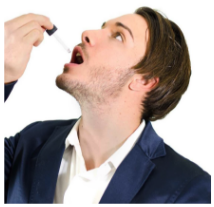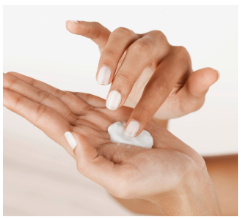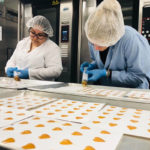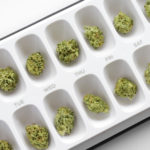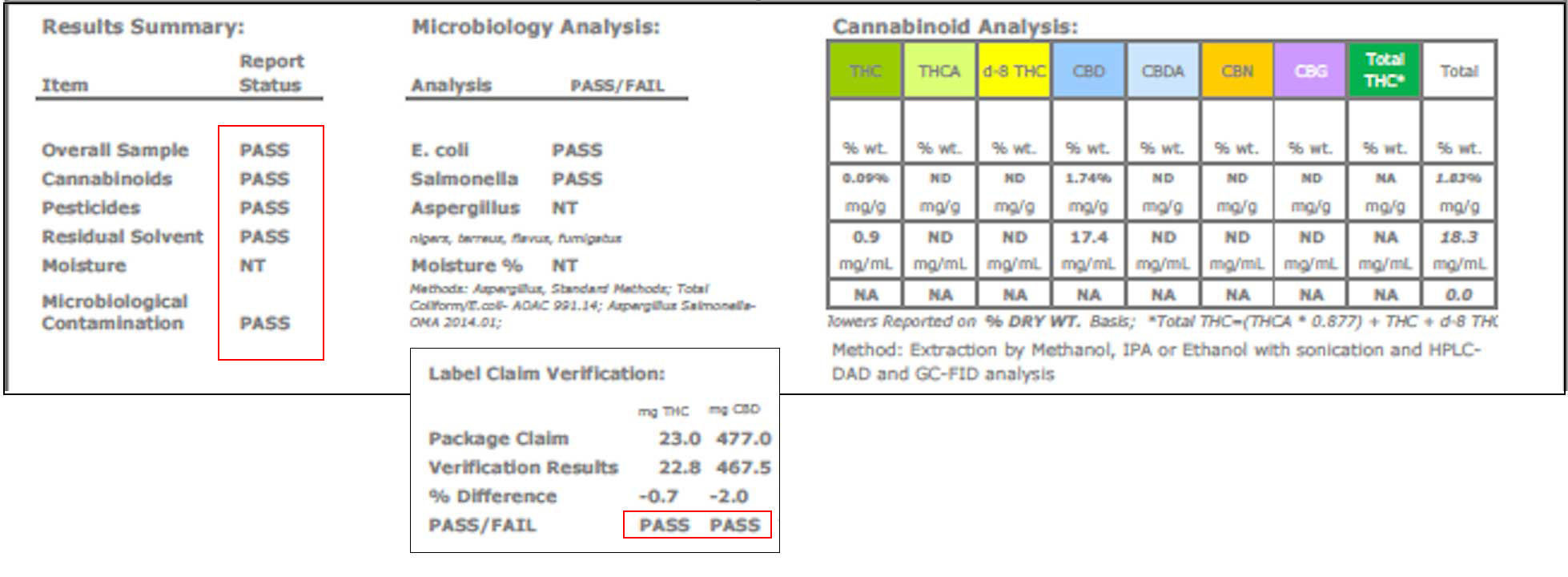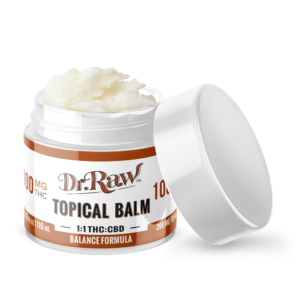Combining Cannabis Compounds to Achieve Synergy
Modern-day cannabis research tells us that there’s a lot more to the cannabis plant than the dated nomenclature of Indica vs. Sativa. Cannabis users have universally used those terms to identify strains of cannabis and their proposed effect; Sativa producing an alert, creative outcome, while Indica is known to produce a more relaxed state of mind. Additionally, they have been the launch pad for contemporary thinking as it relates to the sought after synergistic effect, the result of combining more than one cannabis compound.
Synergy is defined as the interaction between compounds when they are combined that produces a greater effect than if they are used individually. Scientific studies have found that the whole cannabis plant, in particular, represents a multitude of synergistic possibilities. Widely known is the relationship between THC and CBD, which is currently available in the emerging cannabis space in a variety of formulations (20:1, 4:1, 1:1) to treat everything from chronic pain to anxiety.
Looking Beyond the Obvious
Research by Wagner and Ulrich-Merzenich, 2009, proposed four benefits of synergy:
- Multi-targeted effects
- Improved solubility or bioavailability
- Bacterial resistance
- Moderating of adverse-affects (think about that time you were too high on THC, taking some CBD would have mitigated that feeling and returned you to planet Earth)
The synergistic possibilities of the cannabis plant go far beyond the obvious pairing of the two most popular compounds, THC and CBD. Scientists are now formulating unique products using other newly discovered cannabinoids such as CBG, CBN THC-V and the “flavor profiles” or terpenes to further develop synergistic effects for specific ailments. Terpenes are the sticky secretions that are found on the cannabis flower that provide each strain with its unique odor and set of results, i.e. Pinene smells like pine needles and can be associated with mental alertness.
A fraction of the compounds within the cannabis plant have so far been discovered, leaving the door wide open for new discoveries and possible cures to debilitating disease in the future. Dr. Raw is at the forefront of this new frontier with three synergistic formulas to choose from, Focus (1:20 THC:CBD), Balance (1:1 THC:CBD), and Relax (20:1 THC:CBD).
Spectrum of Ratios: High CBD to High THC
Understanding the ratio of CBD to THC when choosing a cannabis product is very important. One of the most common questions asked at dispensaries is, “How can I get relief from my ailments, without getting high?”. Most folks ask for CBD only products because they believe that CBD alone will cure their ailments. The truth is that most feedback we receive is that some level of THC is required to truly have a noticeable effect. The next natural thing to learn is how much THC can you take without getting the high from it. Typically at a ratio of 4:1 CBD:THC and concentrations of higher CBD will not induce the high and euphoria typically associated with THC. The image below shows high CBD products on the left that would not induce a high effect

Forms Of Ingestion
There are 4 common forms of ingestion: inhalation, sublingual, edible and topical. Consuming cannabis by inhalation is sort of like a roller coaster effect where the consumer feels a rapid onset followed by a short duration of intense effects and typically wears off in 2-3 hours. In contrast, the edible method of consumption is more like a sunset effect where the consumer feels a slow and steady effect over a longer period of time. The edible method of consumption takes much longer to take effect (up to 2 hours) and lasts up to 8 hours depending on activity level.
The consumption method that is quickly becoming most preferred is the sublingual method of dosing cannabis. The sublingual glands under the tongue are very good at absorbing cannabis medicine. Products that are best for delivering cannabis through a sublingual method are tinctures and hard lozenges which can be held in the mouth for several minutes to allow the medicine to penetrate the glands under the tongue. These effects can typically be felt in about 15 minutes or less and will wear off in 4-6 hours.
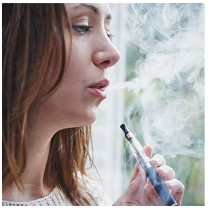
Inhalation
- 5 Minute onset time
- 2-3 Hour duration
- Re-Dose often
- More intense effects
Sublingual
- 20 Minute onset time
- 4-6 Hour duration
- Moderate Intensity
Edible
- 60+ Minute onset time
- 2-3 Hour duration
- Re-Dose often
- More intense effects
Topical
- 20 Minute onset time
- 4-6 Hour duration
- Non-Psychoactive (No High)
Final Things To Consider
Starting out with cannabis can be tricky because different people have very unique reactions to cannabinoids like THC and CBD. A great tip is to start on the high CBD products and slowly ‘titrate’ or slowly, incrementally increase the ratio of THC. This allows the consumer to experience the non-psychoactive properties of CBD in cannabis first, then slowly introduce THC to begin to feel the effects of the psychoactive properties. Here are a few more pro-tips for experimenting with cannabis ratios:
- Use high CBD products during the day to remain active and uplifted during waking hours.
- Use high THC products at night when a sleepy, sedative effect is preferred.
- Wait at least two hours before taking a second dose. Sometimes the effects can be delayed.
- Start with purchasing several different ratios and several different consumption methods so you can try them all and understand how they affect you.
- Everyone has a unique experience with cannabis. Start low and go slow – you never know how it might affect you.
